Nearby Attractions
Explore & experience the magical places nearby our hotel
The city of Gangtok brims with awe-inspiring natural wonders. From mighty snow-capped mountains to enchanting lush green forests, the best of nature sprawls in Gangtok. If you are on a vacation to Gangtok, trust me, a day or two is just not enough! There’s so much to be explored and so much to be felt in this lost kingdom of Gangtok. The city is nestled amid the Himalayas in the North East India.
The vivid rich culture infused in every corner here is sure to help you find that ‘inner peace’. So, go ahead and trail through the paths of this untapped kingdom. Unwind along the banks of pristine lakes and rivers or travel down its history in the solitary monasteries, every place here will leave you a treasure trove of memories.
(1) Tsongmo Lake
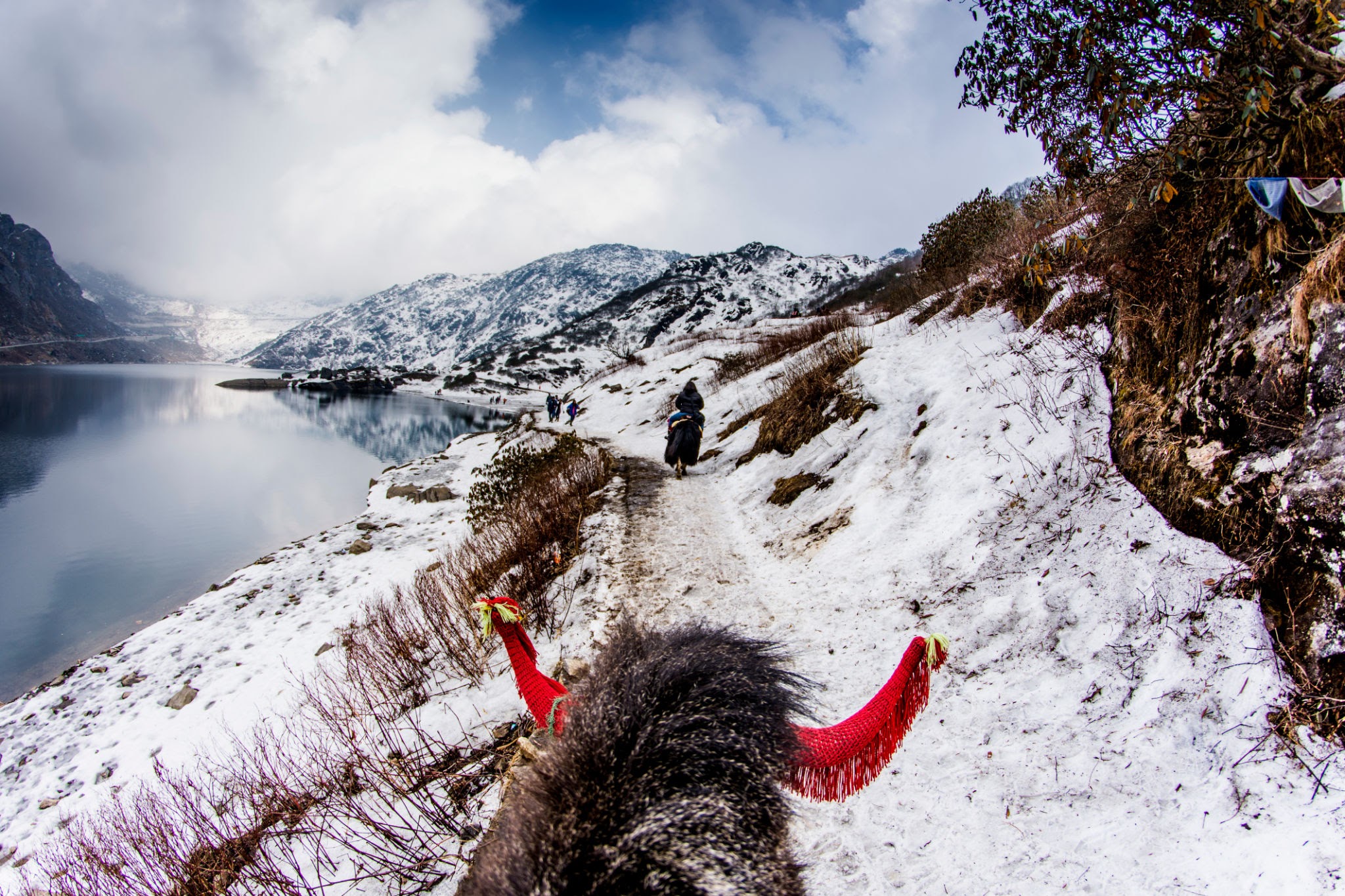
Tsomgo Lake, also known as Tsongmo Lake or Changu Lake, is a glacial lake in the East Sikkim district of the Indian state of Sikkim, some 40 kilometres from the capital Gangtok. Located at an elevation of 3,753 m, the lake remains frozen during the winter season. The lake surface reflects different colours with change of seasons and is held in great reverence by the local Sikkimese people. Buddhist monks prognosticated after studying the changing colours of the lake.
It is one of the most famous tourist spots which is located around 35 kilometers away from the city on the Gangtok-Nathula highway. It is considered as a holy lake which is approximately 20 km away from the Nathula Pass. This lake is situated at a distance of around 400 km from Lhasa. Here travelers can also visit small temples which are purely dedicated to Lord Shiva.
(2) Tashi View Point
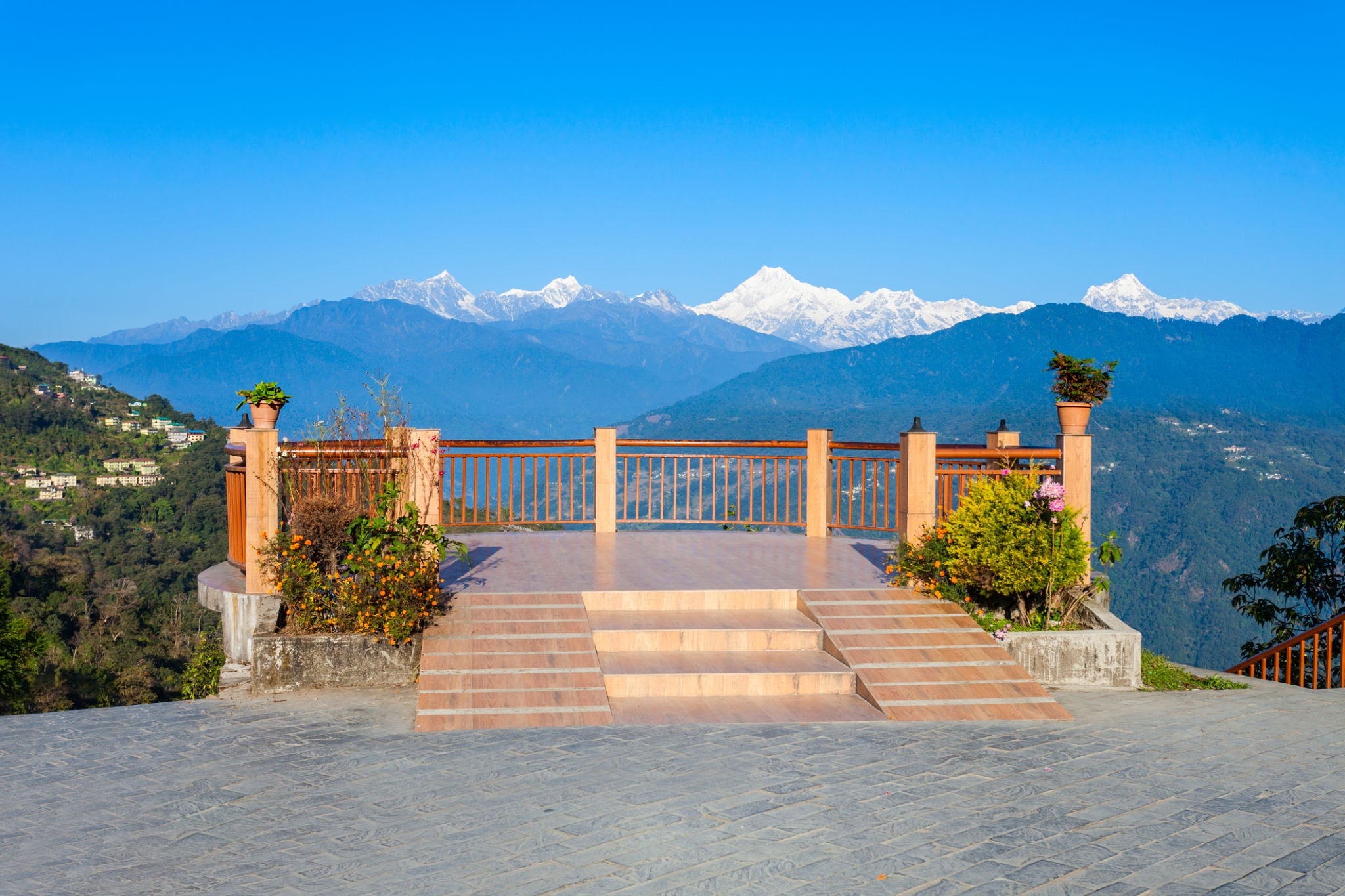
Tashi View Point is a perfect place to witness the brilliant surroundings like mountains, valleys and Gangtok itself. this point you can get an amazing view of the hills and valleys and also a grand sight of Mount Kanchenjunga and Siniolchu. You can also get binoculars and look for Phodong and Labrang Monasteries as well as discover rare birds. Tashi point also has cafeteria where you can eat snacks and drink warm tea while at looking the beautiful view.
Tashi View Point is a noteworthy place for nature lovers as one get an opportunity to spend some peaceful time away from the bustling crowd amidst the resonating sound of birds and breeze. And the best part is, entry is free, however, a minimum cost of rs 10/- will be charged if you wish to use the binoculars or telescope to get close up view of the enthralling surroundings of Sikkim’s capital.
(3) Rumtek Monastery
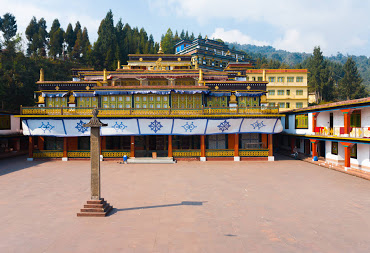
Rumtek Monastery, also called the Dharmachakra Centre, is a gompa located in the Indian state of Sikkim near the capital Gangtok. It is a focal point for the sectarian tensions within the Karma Kagyu school of Tibetan Buddhism that characterize the Karmapa controversy.The glorious Rumtek Monastery houses a beautiful shrine temple and a monastery for the monks which were established with the aim of spreading the Buddhist teachings around the world. The sublime structure has a walkway around it on which the monks, pilgrims and visitors perform Kora (a circuit round of the monastery). The splendid Rumtek Monastery has preserved a golden stupa and various other sculptures which belonged to the 16th Karmapa. It also serves as the storehouse for many uniques objects besides storing some of the world's unique religious scriptures. The massive prayer hall inside the stunning monastery is a place worth seeing that is decorated with splendid murals, statues and thangkhas.
(4) Do-drul Chorten
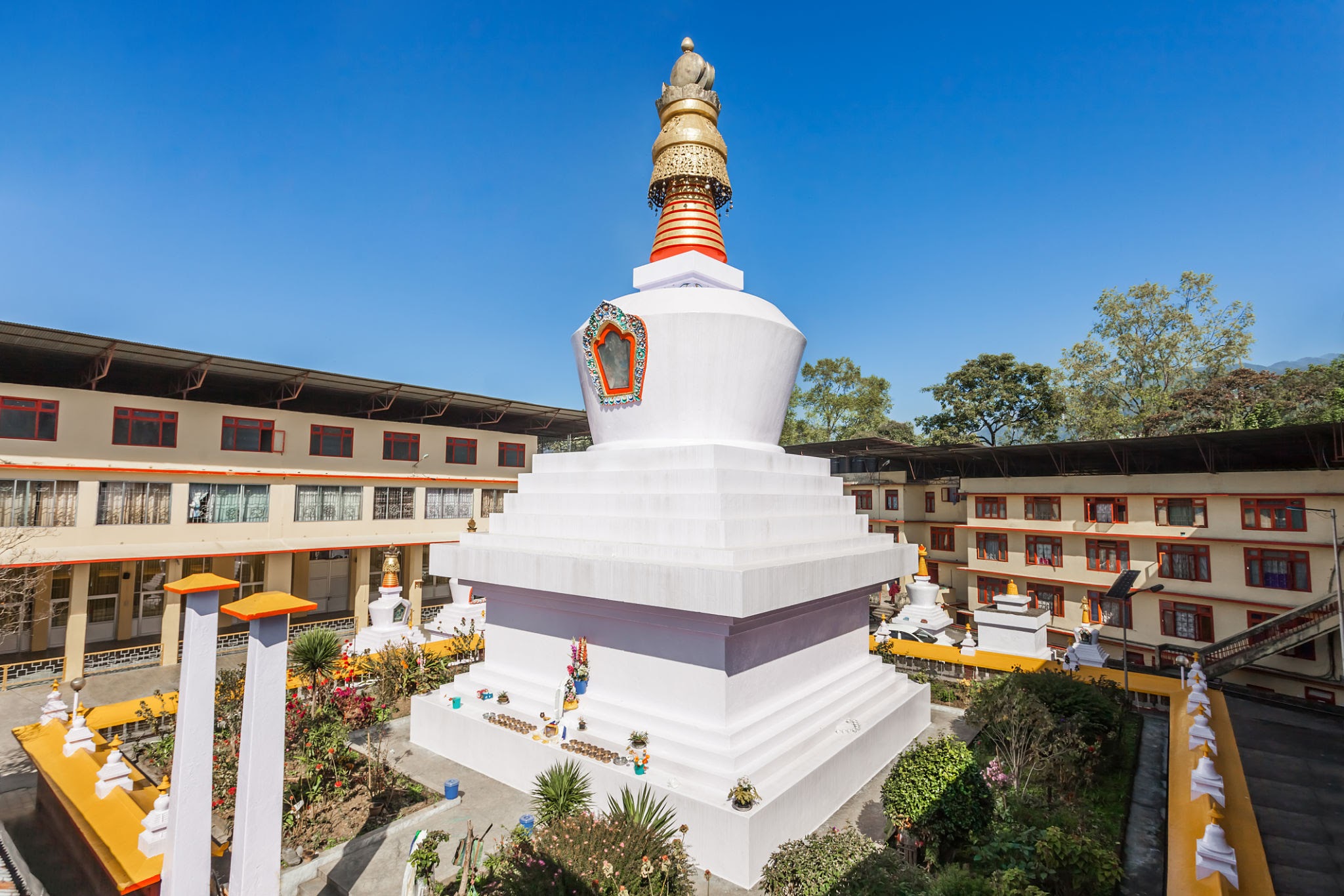
Do-drul Chorten is a stupa in Gangtok in the Indian state of Sikkim. The stupa was built by Trulshik Rinpoche, head of the Nyingma order of Tibetan Buddhism in 1945. Inside this stupa, a complete set of Dorjee Phurba, Kangyur and other religious objects. Around the stupa are 108 Mani Lhakor or prayer wheels. The stupa is surrounded by Chorten Lakahang and Guru Lakhang, where two statues of Guru Rinpoche are present.The stupa is surrounded by 108 prayer wheels all of which have mantras inscribed on them in Tibetan. If you rotate the prayer wheels, do it in clockwise direction. Inside the Chorten Stupa are Kanjur holy books, relics, complete mantras and several other religious objects.
(5) Banjhakri Falls and Energy Park
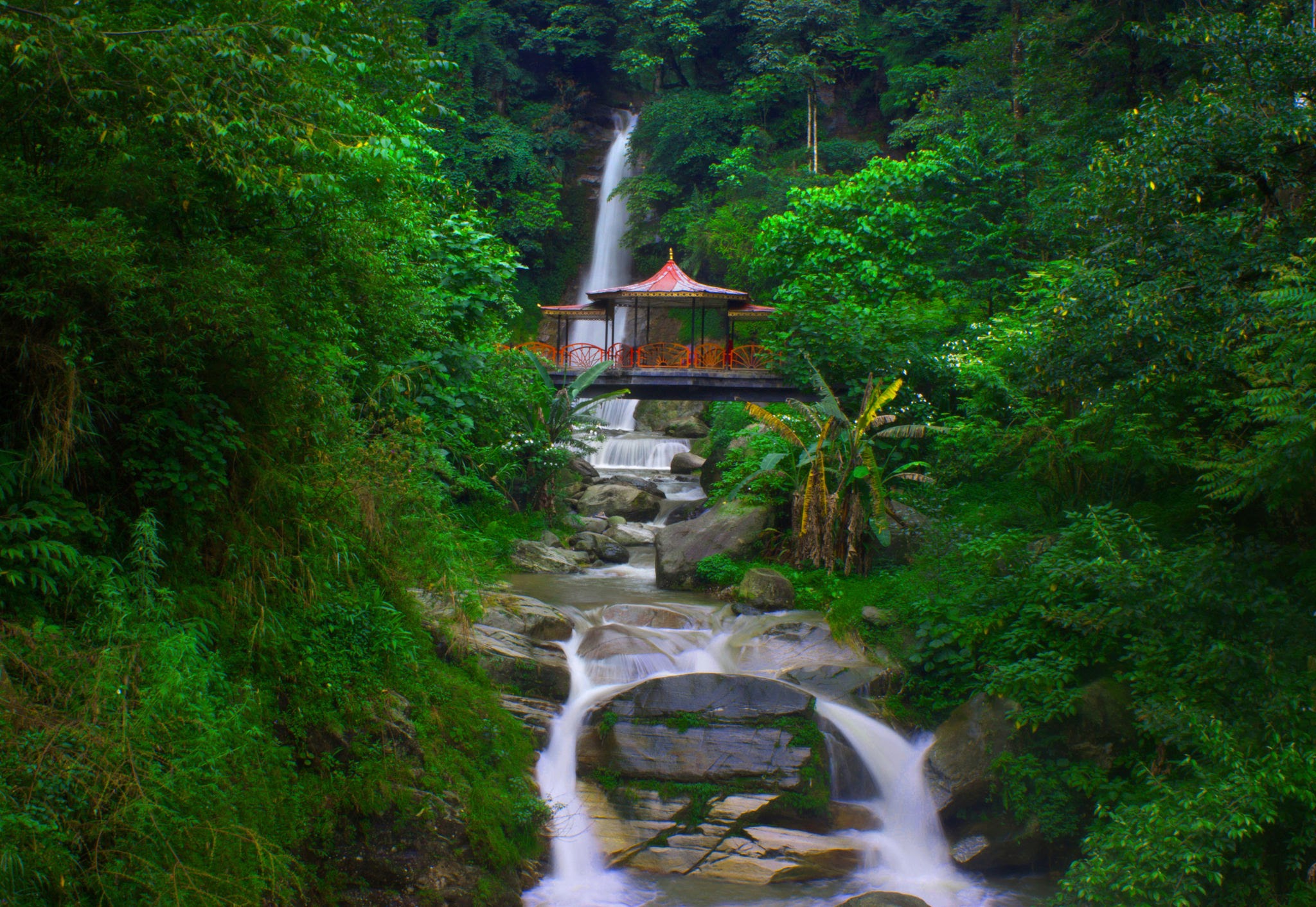
The Banjhakri Falls and Energy Park is a recreation centre and tourist attraction near Gangtok, in the state of Sikkim, India. The park's statuary and other displays document the Ban Jhakri, or traditional shamanic healer who worships spirits living in caves around the falls. Ban means "forest", and jhākri means "healer". The park is in a thickly forested part of Swastik, next to an army camp, about 7 kilometres from Gangtok on National Highway 31 to North Sikkim. The name Banjhakri is composed of two words- 'Ban' meaning forest or jungle and 'Jhakri' meaning traditional healer. According to mythological tales, a Ban Jhakri is a man who possesses some powers and exists in folktales in the Nepali Community of Sikkim. It is the belief of the local people according to which a Banjhakri resides in the forest and lives in the rock caves where he worships the spirits. All the ethnic communities which are present believe in these mysteries even today since they form a part of their culture and tradition.
(6) Namgyal Institute of Tibetology
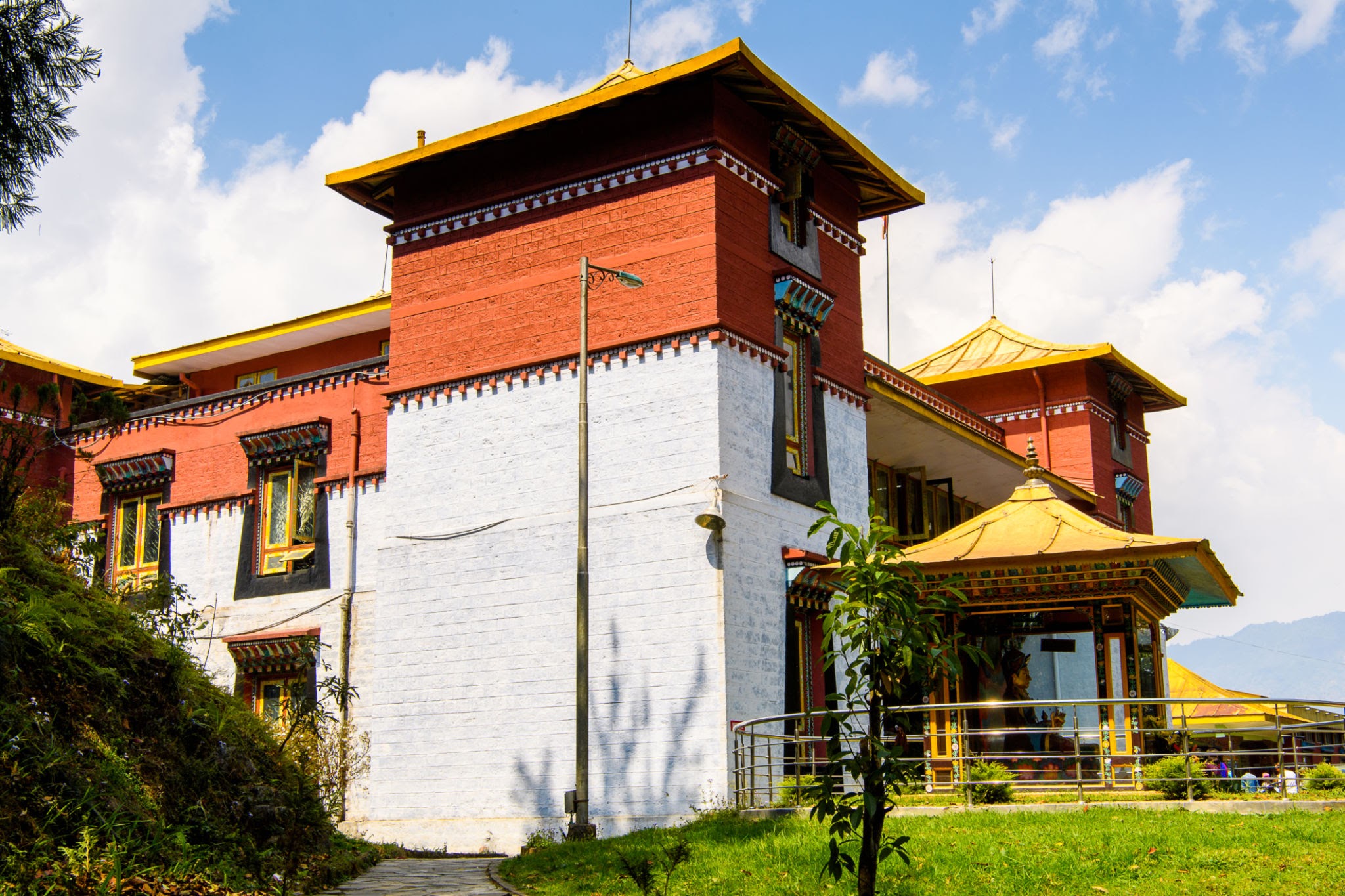
Namgyal Institute of Tibetology is a Tibet museum in Gangtok, Sikkim, India, named after the 11th Chogyal of Sikkim, Sir Tashi Namgyal. The institute employs researchers and one of its new research programs is a project which seeks to document the social history of Sikkim's approximated 60 monasteries and record this on a computer. Another project seeks to digitize and document old and rare photographs of Sikkim for knowledge distribution. Khempo Dhazar served as head of the Sheda, a Nyingma college attached to the Institute, for six years.
In spite of being primarily a place for study and research of Tibetan and Buddhist culture, The Namgyal Institute has emerged as a major tourist attraction in Gangtok. It promotes and supports the study, research, and preservation of Tibetan history, art, literature, architecture, religion, philosophy and anything and everything else that comes with that. With a foundation stone laid by the great Dalai Lama himself, Namgyal Institute of Tibetology is among the pioneer of preservation and promotion of Tibetan art and literature.